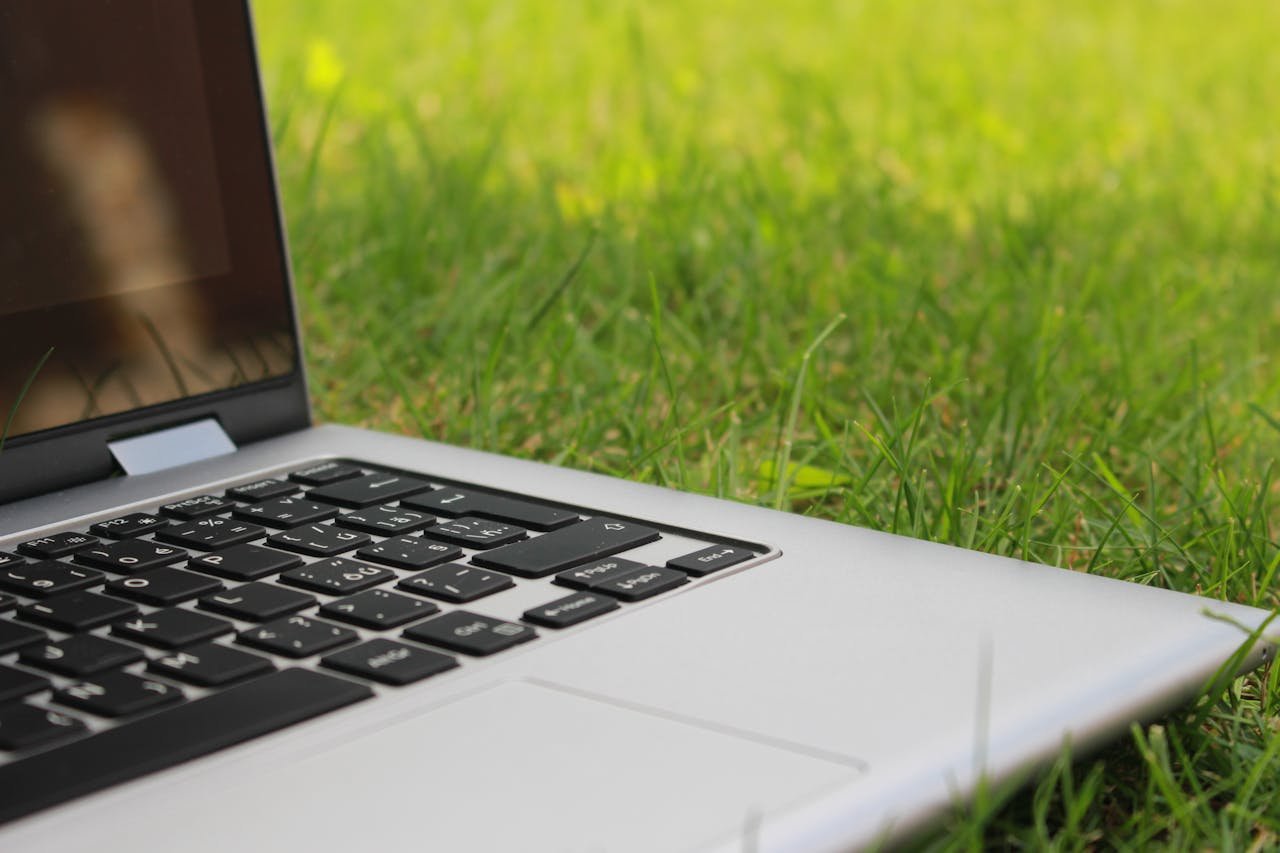Sustainability is no longer a niche concern—it’s a necessity. Businesses of all sizes are looking for ways to reduce their environmental impact, but many overlook some of the most effective and unexpected solutions, like which macerator toilet do I need, or what sort of environmentally friendly paint can I use. Beyond the usual tips like switching to LED lights or encouraging remote work, here are five lesser-known ways to make your business greener.
1. Install Macerator Toilets to Reduce Water Waste
Traditional toilets use a significant amount of water, but macerator toilets provide a more efficient alternative. These toilets use a grinding mechanism to break down waste before flushing, allowing them to use much less water per flush than conventional toilets. Additionally, they can be installed in places where standard plumbing is difficult, making them ideal for businesses with unconventional layouts or older buildings. When choosing a macerator toilet, look for models with high energy efficiency, low water usage, and quiet operation to ensure both environmental and user-friendly benefits. By using macerator toilets, businesses can significantly reduce their water consumption and lower their environmental impact.
2. Use Algae-Based Office Paint
Standard office paints contain volatile organic compounds (VOCs), which contribute to indoor air pollution and can harm the environment. A more eco-friendly alternative is algae-based paint, which not only eliminates harmful chemicals but also actively absorbs CO₂ from the air. Some innovative algae paints are even capable of producing oxygen, making your office space healthier while reducing its carbon footprint.
3. Switch to Digital Business Cards
Paper business cards are still widely used, but they generate an incredible amount of waste—especially when you consider how often they end up in the trash. Instead of printing physical cards, consider switching to digital business cards that can be shared via QR codes or mobile apps. These electronic alternatives are not only eco-friendly but also allow for easy updates, eliminating the need for constant reprints.
4. Implement a Laptop-First Policy
Many offices still rely heavily on desktop computers, which consume significantly more energy than laptops. Switching to a “laptop-first” policy, where employees primarily use energy-efficient laptops instead of desktops, can drastically cut electricity consumption. Additionally, laptops generally have a longer lifespan and produce less electronic waste when properly maintained. If your business still requires desktops for certain tasks, consider using energy-efficient models or thin-client systems that rely on a central server.
5. Offer Incentives for Sustainable Commuting
While remote work has reduced commuting-related emissions, many businesses still have employees traveling to the office. Instead of simply encouraging public transit or biking, take it a step further by offering tangible incentives. For example, you can provide subsidies for bike purchases, install electric vehicle (EV) charging stations, or create carpooling rewards. Even small financial incentives can significantly influence employee behavior and contribute to a lower-carbon workplace.
Conclusion
Sustainability isn’t just about grand gestures—it’s about making smart, incremental changes that add up over time. By installing macerator toilets, using algae-based paint, switching to digital business cards, adopting a laptop-first policy, and incentivizing sustainable commuting, your business can make a real impact on the environment. These unexpected strategies not only help reduce your carbon footprint but can also lead to cost savings, improved employee well-being, and a stronger brand reputation.
Now is the time to take action—start implementing these changes today and help create a greener future for your business!

